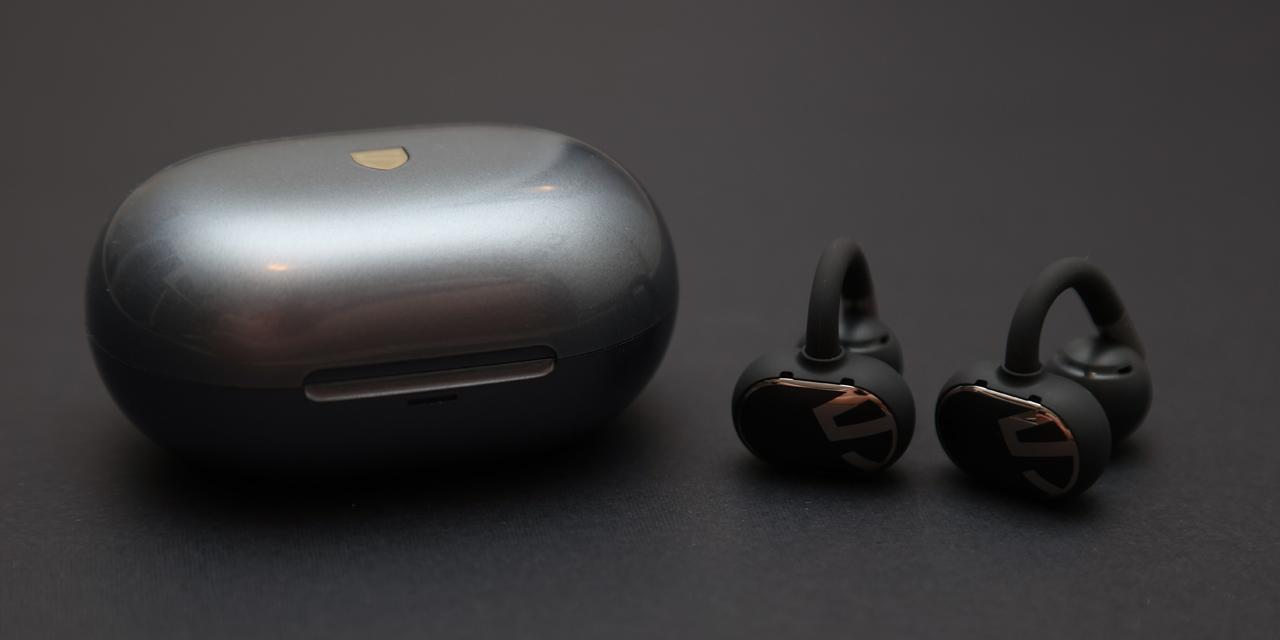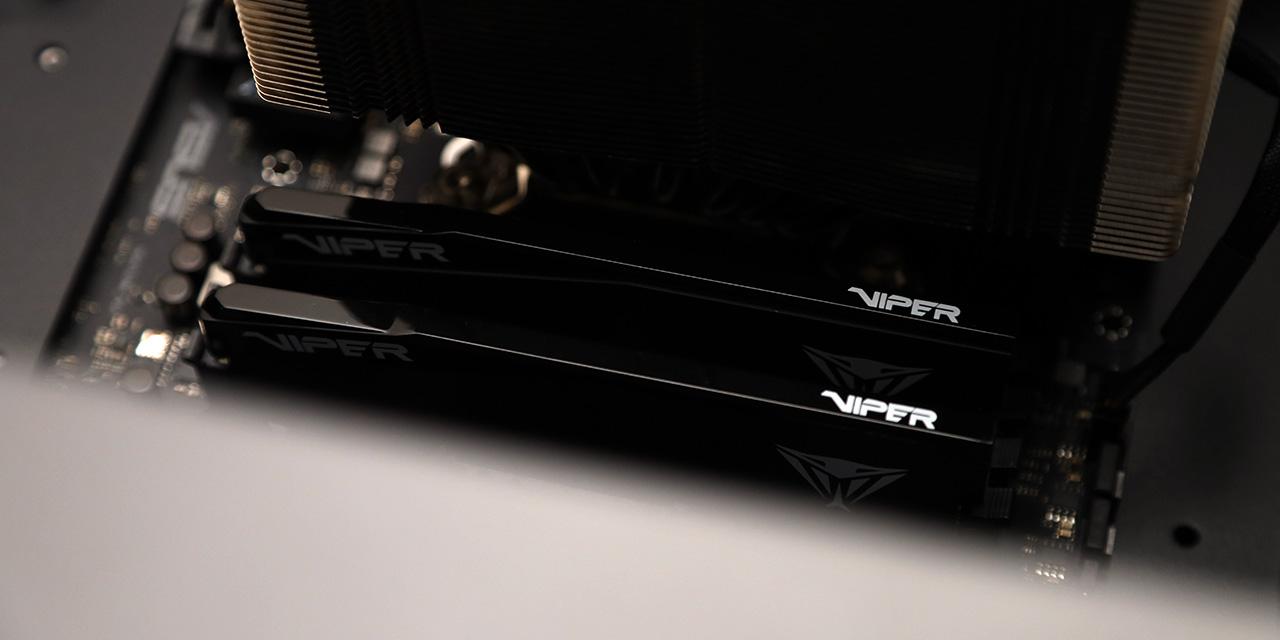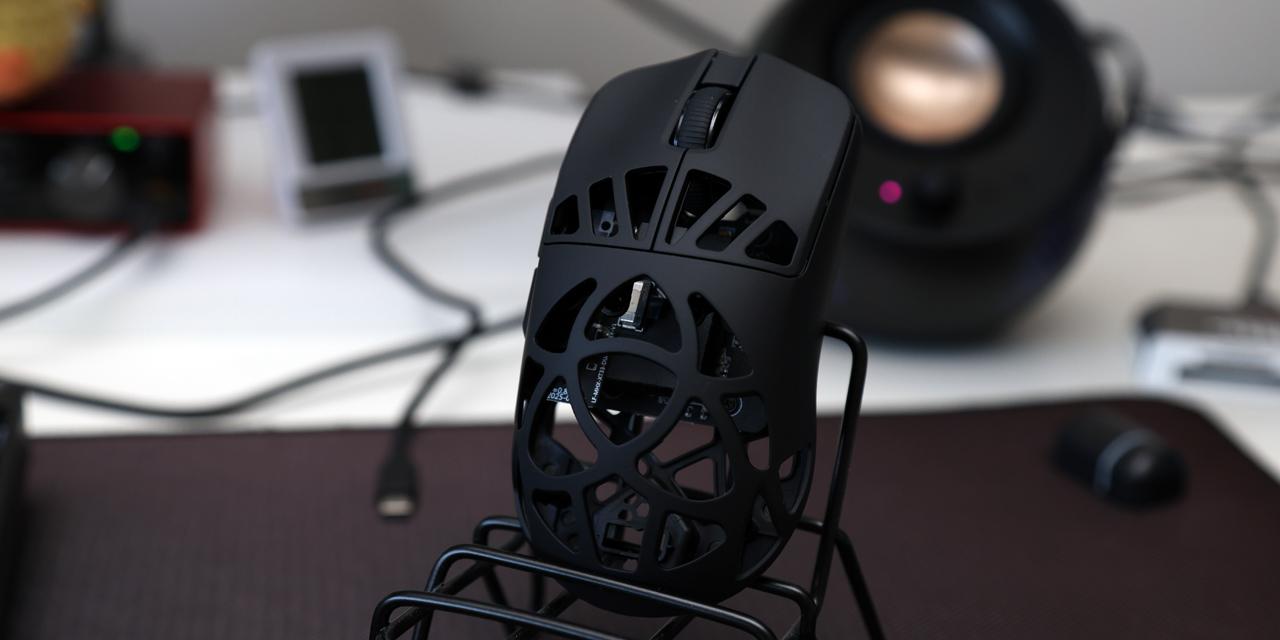Page 2 - A Closer Look - Hardware and Software

Turtle Beach is no stranger to keyboards, as their team has been making them for quite a while. Unsurprisingly, the design has remained the same since the ROCCAT days, and this is visible with the Vulcan II TKL. Once again, we have the same exposed metal backplate with a slightly brushed finish. Next, we have the same island-style keycaps that expose the clear housing of the mechanical switches underneath. Turtle Beach does state third-party keycaps will fit over these switches too, so if you do not like this, you can change it. The aluminum backplate does not hide fingerprints, as handling marks and grease will show up under direct lighting. Unlike the Turtle Beach Vulcan II TKL Pro, the aluminum backplate is only what exists on the top, as the beveled edge, sides, and bottom are all plastic. The Vulcan II TKL only comes in black. Personally, I think it would be nice if Turtle Beach tried something different, but this style is in line with their other keyboards.
In measurements, the Turtle Beach Vulcan II TKL is 366mm wide, 137mm deep, and 32mm tall. The height increases to 41mm with the tallest kickstands full extended. This is quite slim and low-profile compared to other tenkeyless keyboards. In terms of mass, the Vulcan II TKL weighs 599g without the cable. The keyboard is sturdy and resistive to flexing or movement, even when intentionally torqued and twisted. This sturdiness comes from the strong aluminum backplate. Despite the plastic shell around the keyboard, the whole construction holds up well. This vanilla Vulcan II TKL does not come with a palm rest.

Most people would expect a tenkeyless keyboard with a typical QWERTY ANSI layout like the Turtle Beach Vulcan II TKL to have eighty-seven keys, but it has three less at eighty-four. This is because the functions of the top three keys are implemented with secondary functions. In its place, a notched knob is used to quickly adjust the volume by turning or toggling mute by pressing down. Otherwise, the rest of the keyboard is as standard as they come. The bottom row is spaced out in a typical fashion, with the Windows, Fn, Ctrl, Alt, and Menu keys all being the same 1.25U size on both sides of the space bar. The indicator LEDs are located on the keys themselves. In this case, when it is active, it will breathe in a white pattern compared to the rest of your keyboard. This is an improvement on constant white illumination, as it gives a more distinct indicator when this is active.

As for secondary functions, there are a few secondary keys, and most of them are on the function row and the right side of the keyboard. These are activated by pressing the Fn key on the bottom right side before pressing the marked key. Starting at the top, F1 to F4 is used to choose between the four saved profiles. F5 to F7 are shortcut keys to open the Swarm II software, file explorer, or take a screenshot, respectively. F8 is used to record macro keys, while F9 to F12 are used for media functions, including Previous Track, Stop, Play/Pause, and Next Track. On the right side under the volume knob, the six-button cluster can be assigned to activate six different macros. This can be set in the Swarm II utility, as we will see later, or recorded on-the-fly. Moving on, the Print Screen, Scroll Lock, and Pause keys are secondary functions on P and the square brackets. The Windows key can be used to toggle game mode, which by default also deactivates the Windows key functionality. The Menu key launches the default AI assistant in Windows, which is Copilot. Finally, Turtle Beach's Easy Shift function is still present and can be toggled with Caps Lock while you are in Game Mode. The rest of the secondary functions are for adjusting the backlighting, but I will go over these functions later in the review.

Flipping to the back side, you can see the label with some certification information and a serial number to identify your Turtle Beach Vulcan II TKL. At the back of the keyboard on the left side is where the detachable cable connects. This end is terminated with a USB Type-C input. The included detachable cable measures approximately 1.8m in length and is decently flexible. Otherwise, there are rectangular rubber pads on the edges, with six in total, to keep the keyboard in place. The rectangular rubber pads at back are on the extending feet that raise this keyboard. There is a pair of feet on each side, so you can raise the back to two distinct levels. All the feet are capped with rubber to ensure the keyboard stays in place regardless of whether the keyboard is propped up or not.

The Turtle Beach Vulcan II TKL blends well into my setup with its black look. In terms of layout, the Turtle Beach Vulcan II TKL follows the standard tenkeyless design and should be familiar. I do not often use the number pad, but those who need the side cluster of numbers will notice this omission. I really like the volume knob, as it is easy to reach without looking at your keyboard to make quick adjustments. I also appreciate the two heights of kickstands, as I found the middle height to be perfect for myself. Overall, the keyboard is easy to start using, especially if you are attuned to the tenkeyless layout.
When I started typing on the Turtle Beach Vulcan II TKL, I was less impressed. While the Vulcan II TKL Pro used Hall effect switches with smooth and linear travel, we have standard Titan HS mechanical switches with the Vulcan II TKL. Unfortunately, the travel of these switches does not feel linear in the slightest. In fact, it feels a bit sponge-like. The keypresses are very clacky with a medium pitched sound. There is no "thock" or marble-like that some may prefer. The bigger offender is the inconsistent tactile feedback of longer keys that vary depending on where you press the key. It almost makes these stabilized keys feel like membrane switches with its squishy feel. The stabilizers sometimes emit a squeak when pressed, which is another negative. There is also a bit of rattle when typing, from other keycaps moving about while I am typing. Turtle Beach says there was an acoustic design to prevent unexpected noises, but this does not seem apparent. Thankfully, there is no metal resonance when the keyboard is used, which is a positive point, but overall, I am not a fan of the Vulcan II TKL's typing experience.

One area that is a positive story with the Turtle Beach Vulcan II TKL is the RGB LED lighting. We have seen the AIMO effects for a long time and this keyboard displays them quite well. The clear switch housing and shallow keycaps ensure the per key lights shine brightly. Combined with the AIMO lighting effects, everything looks very vibrant. However, one area that could be improved is the location of the legends on each key. As these are north-facing lights, legends like the secondary functions are not illuminated to the same degree, making them tricky to see in low lighting. In terms of secondary functions for lighting effects, you can use Fn in combination with the arrow keys to cycle through a few different options. Left and Right are used to change between a group of different effects, while Up and Down are used to increase or decrease the brightness. There are ten levels of brightness, and you can turn them completely off. The right Ctrl key can also be used to toggle the lighting on or off. Finally, the right Alt key can be used to cycle through the RGB colors for single color lighting effects.

We have reviewed many Turtle Beach products in the past, so it is no surprise we are using the Swarm II software. Swarm II is available from Turtle Beach's website as a 60MB compressed executable. The setup process is easy to work through and adding additional peripherals is straightforward. I also received several updates during my review, so I know Turtle Beach often pushes fixes for their products. Otherwise, there is a total of five different profiles to save to the keyboard.
Once you select the Vulcan II TKL from the main page, you will see the entire menu is organized into one long page. On the side, we have two primary sections. The first section is called "Assignment", which is where you can map the keys based on the mode you are currently in. This includes the default "Primary" mode, "Fn" for secondary functions, Game Mode, and Easy Shift. One interesting thing Turtle Beach has implemented is under Game Mode and this is called "ReacTap". This is commonly known as SOCD, or Simultaneous Opposing Cardinal Directions, where you can press two keys at once and it will automatically activate the last key pressed. This is meant to help with strafing and peeking in shooter games. Every time you activate this, Turtle Beach will flash a warning to show this may be banned in competitive games like Counter Strike, as this sort of advantage constitutes cheating and may result in an account suspension. As always, use these things at your own risk.

The second page is called Illumination, and this section is used to adjust the lighting effects. We have a typical set of static and dynamic modes, as well as the AIMO mode for a neat gradient pattern that changes over time. Depending on the mode, you can change the color and speed of the effect. Underneath, there are menus to create Macros for use when you remap your keyboard. In the cogwheel marked menu, this opens settings to update the software for Swarm II. Next, there is a Device Manager page to update the firmware for the Turtle Beach Vulcan II TKL. Overall, the software is usable. There were a few hiccups along the way, but Swarm II worked as expected.
Page Index
1. Introduction, Packaging, Specifications
2. A Closer Look - Hardware and Software
3. A Closer Look - Disassembly and Internals
4. Conclusion





